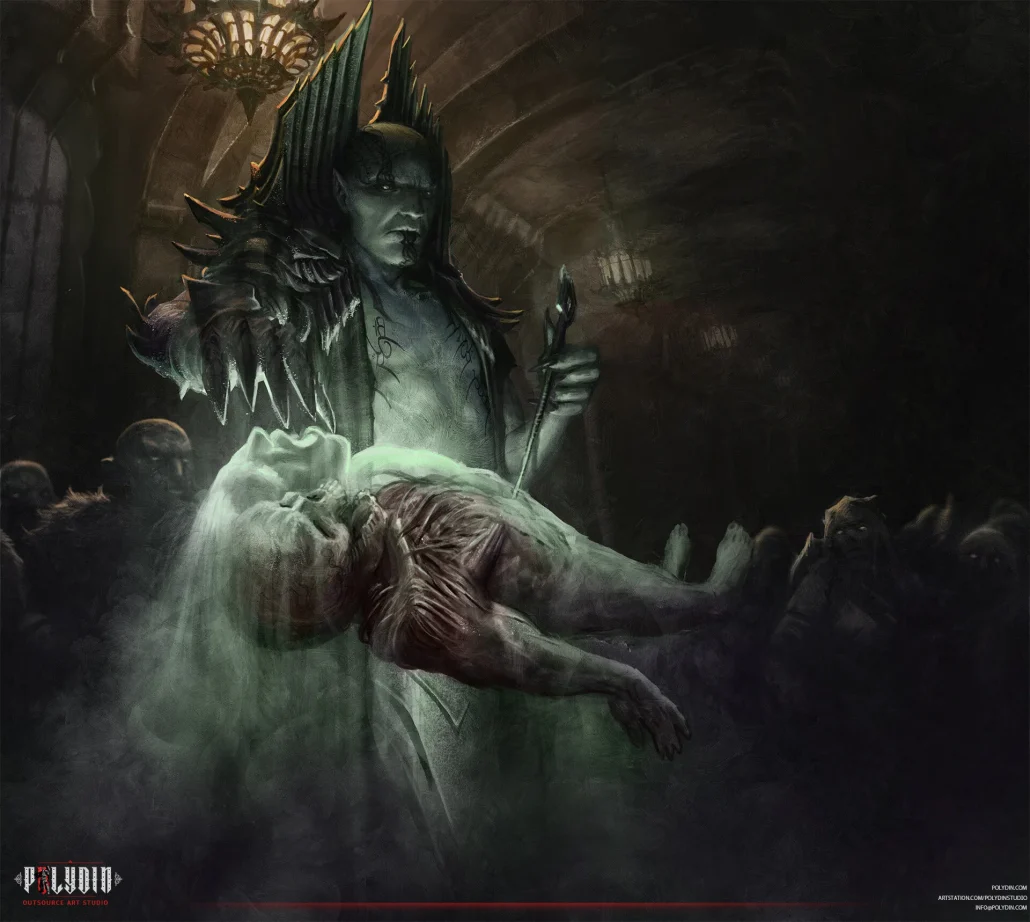Video game development is a collaborative effort that involves the contributions of various professionals with specialized skills. Two crucial roles in game development are game artists and game designers. While both roles are essential, they have different responsibilities, skills, and requirements. Game artists are responsible for creating the visual elements of a game, including concept art, characters, environments, and UI/UX design. On the other hand, game designers are responsible for the gameplay mechanics, game rules, level design, and overall user experience. This article will explore the differences between game design vs game art, the roles and responsibilities of game artists and designers, and the skills required to succeed in these fields. We will also discuss the different types of game artists and designers and the cost implications of each role in game development.
Who is a Game Artist?


A game artist is a professional who creates visual content for video games. Game artists work closely with game designers and programmers to create a cohesive and visually appealing game. They are responsible for creating the game’s characters, environments, backgrounds, props, and other visual elements. Game artists are skilled in various digital art forms, including 3D modeling, texturing, animation, and concept art. They must have a deep understanding of the game design and be able to translate it into visual elements that enhance the overall player experience. Game artists play a crucial role in the game development process and are essential to the success of any video game.
Who is a Game Designer?
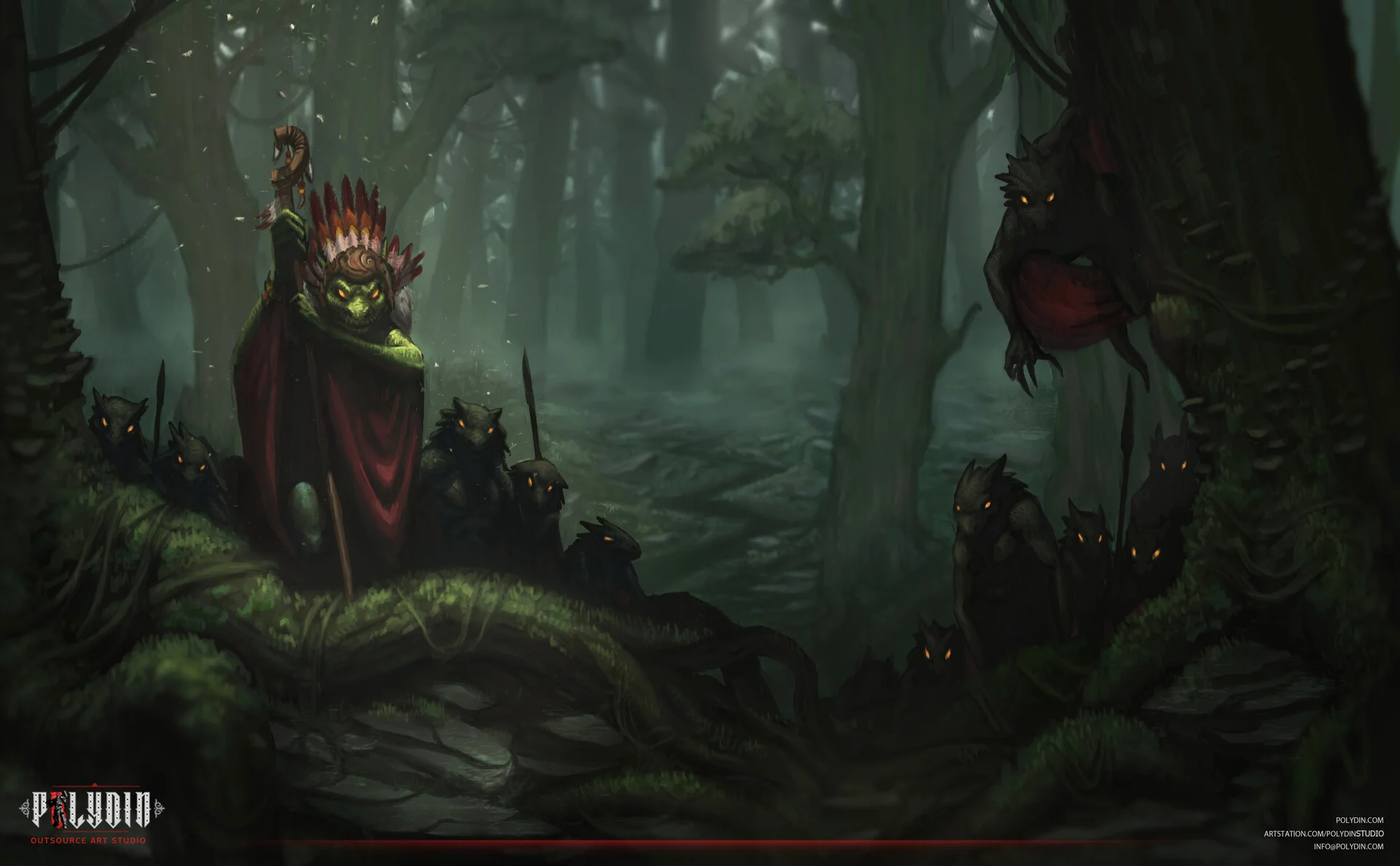

A game designer is a professional responsible for designing a video game’s gameplay, mechanics, and overall experience. They are typically involved in every game development stage, from initial concept and design to final testing and release. Game designers work closely with other development team members, including artists, programmers, and producers, to ensure that the game meets the desired goals and targets. They must have a strong understanding of game theory and technical and creative skills to create engaging and compelling experiences for players. Ultimately, a game designer’s role is to create a game that is both fun to play and commercially successful.
Game Artist vs Game Designer: Which Job is Right for You?
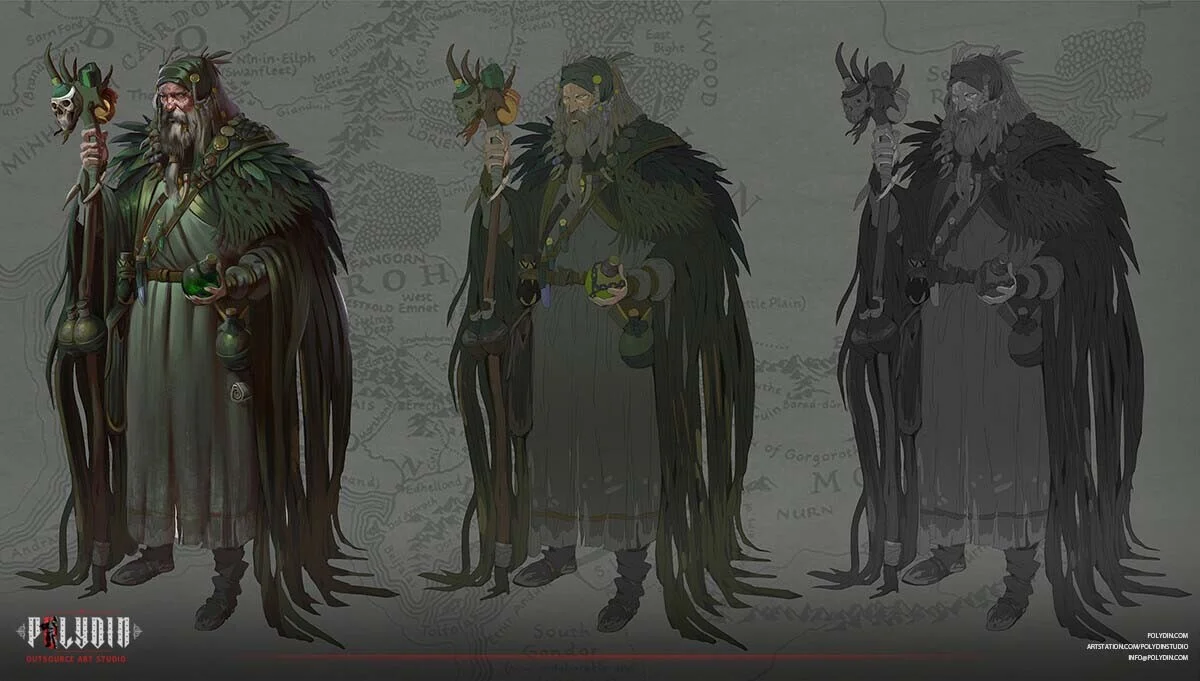

Becoming a game artist or a game designer depends on your interests, skills, and career aspirations. If you have a passion for visual arts, enjoy creating characters, environments, and other visual elements, and have strong artistic and technical skills, then pursuing a career as a game artist might be the right choice for you. On the other hand, if you have a deep understanding of game mechanics, enjoy designing gameplay systems, levels, and puzzles, and have a knack for creative problem-solving. A career as a game designer may be more suitable.
Consider your strengths, preferences, and long-term goals when making this decision. It can also be helpful to gain exposure to both fields by exploring tutorials, taking courses, or even working on personal projects to see which role resonates with you the most. Remember that game development is often a collaborative process, and both game artists and designers play crucial roles in bringing a game to life. Ultimately, choose the path that aligns with your skills, passions, and aspirations in the game development industry.
The Role and Responsibilities of Game Artists
Game artists play a crucial role in the game development process, as they create the visual elements that make up the game. This includes everything from the characters and environments to the user interface and special effects. We will explore the role and responsibilities of game artists, the different types of game artists, and the skills required for the job.
Concept Artist
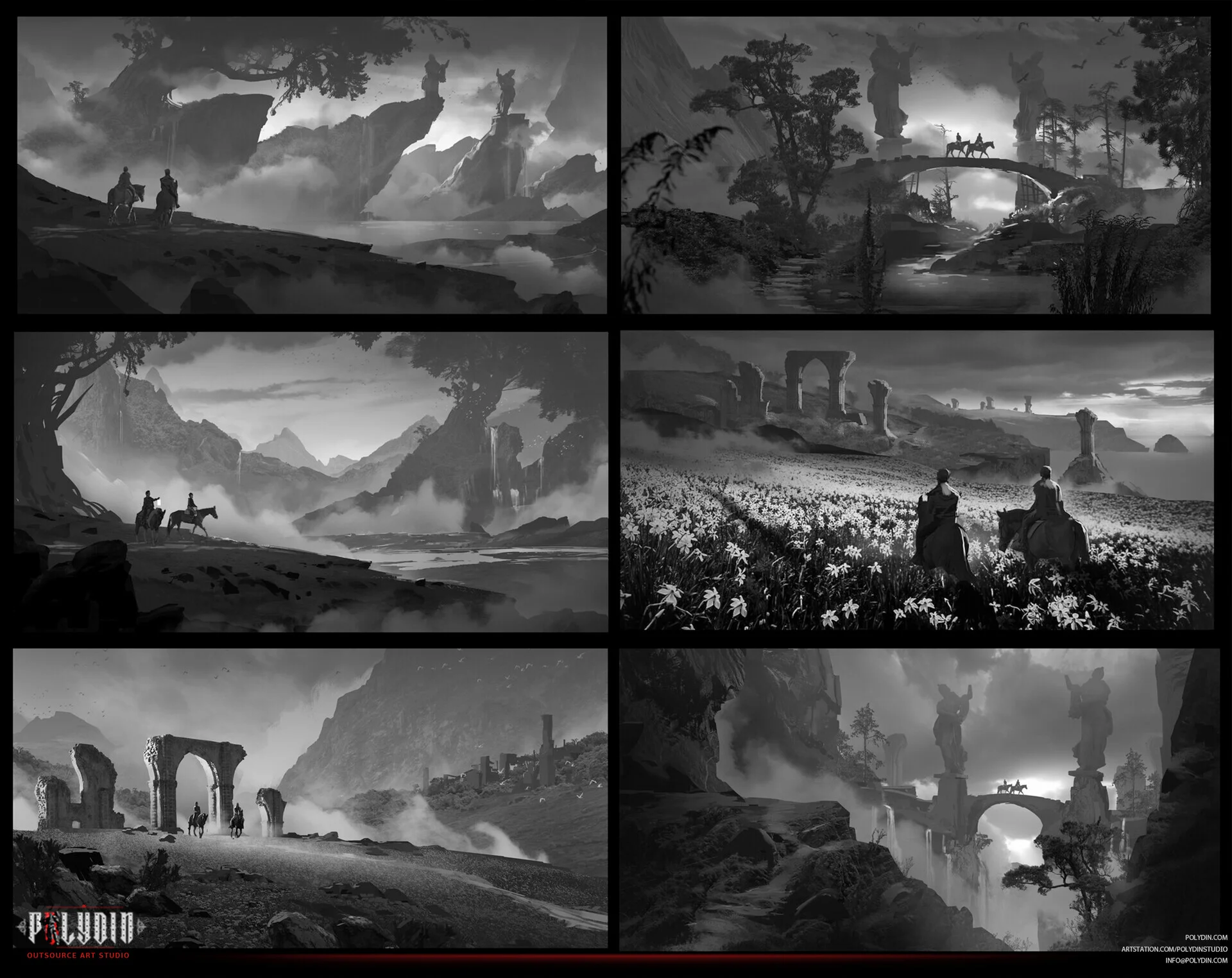

Concept artists are responsible for creating the initial visual concepts for a game, including characters, environments, props, and other visual elements. They work closely with the game designers and art directors to create the overall visual style of the game, which will guide the work of other artists involved in the project.
Concept artists must be highly creative and skilled at visual communication. They must be able to interpret and translate written or verbal descriptions of the game world and its characters into compelling and visually interesting designs. They typically use pencil, pen, and digital tools to create sketches, storyboards, and other concept art.
In addition to creating concept art, they may also work on the development of key art, promotional materials, and other visual assets to support the game’s marketing and promotional efforts. They must be able to work collaboratively with other artists, designers, and stakeholders to ensure that the final visual design meets the needs and expectations of the game’s target audience.
Character Artist
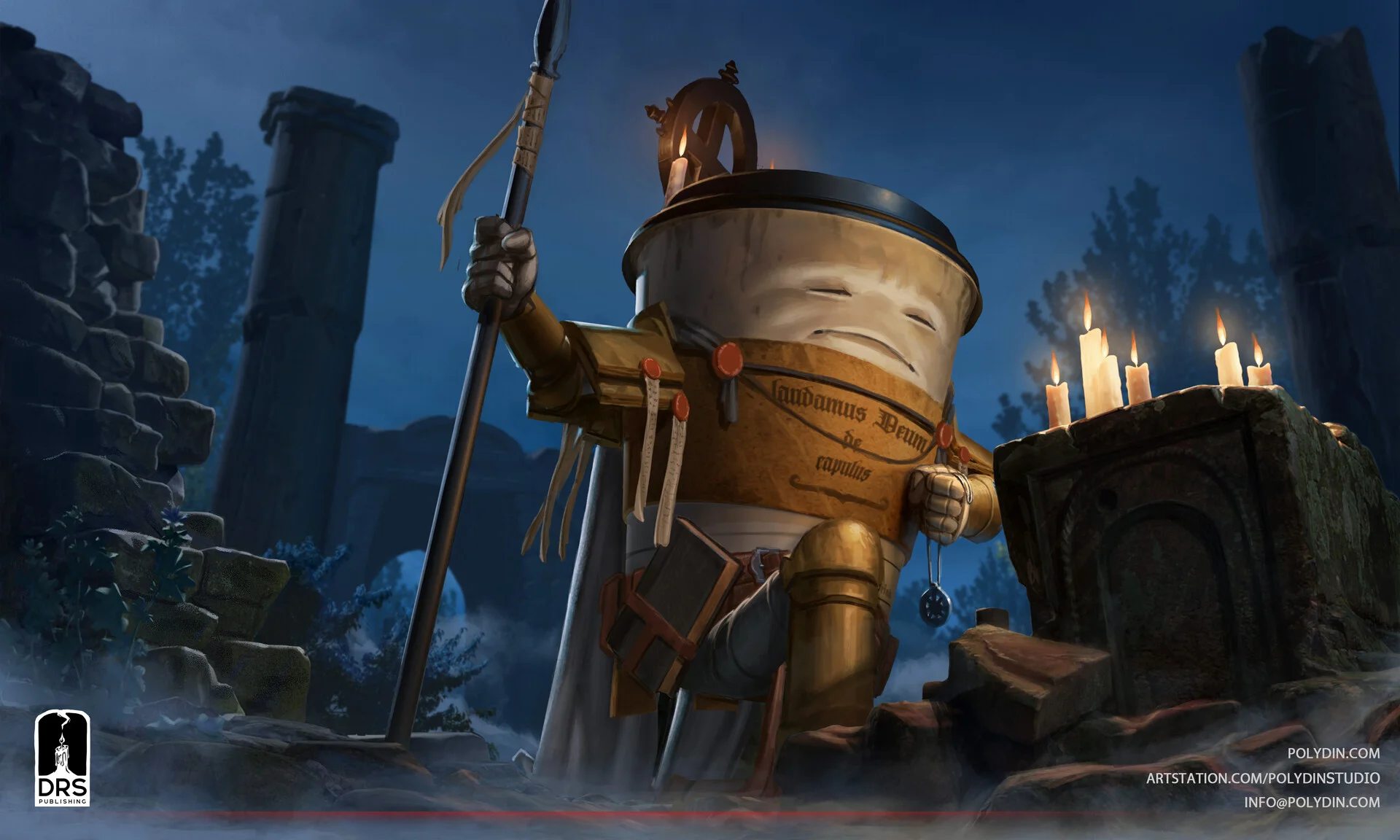

A character artist is a type of game artist who specializes in creating 3D models of characters for video games. They are responsible for creating the appearance and style of the characters in the game, as well as their overall functionality and animation.
Character artists use software such as Maya, ZBrush, and Photoshop to create 3D models of characters, often working closely with concept artists and game designers to ensure the final result fits the game’s overall aesthetic and design. To create believable and appealing characters, they must be highly skilled in anatomy, form, and color theory.
In addition to creating the characters themselves, character artists must also create the textures and materials that give the characters their unique look and feel. They must also be skilled in rigging, which is the process of adding bones and joints to the 3D model so that it can be animated.
Overall, the role of a character artist is crucial to the success of a video game, as the characters are often one of the most important aspects of the player’s experience. They must have strong attention to detail and a deep understanding of the game’s world and story to create characters that are not only visually stunning but also emotionally engaging.
Environment Artist
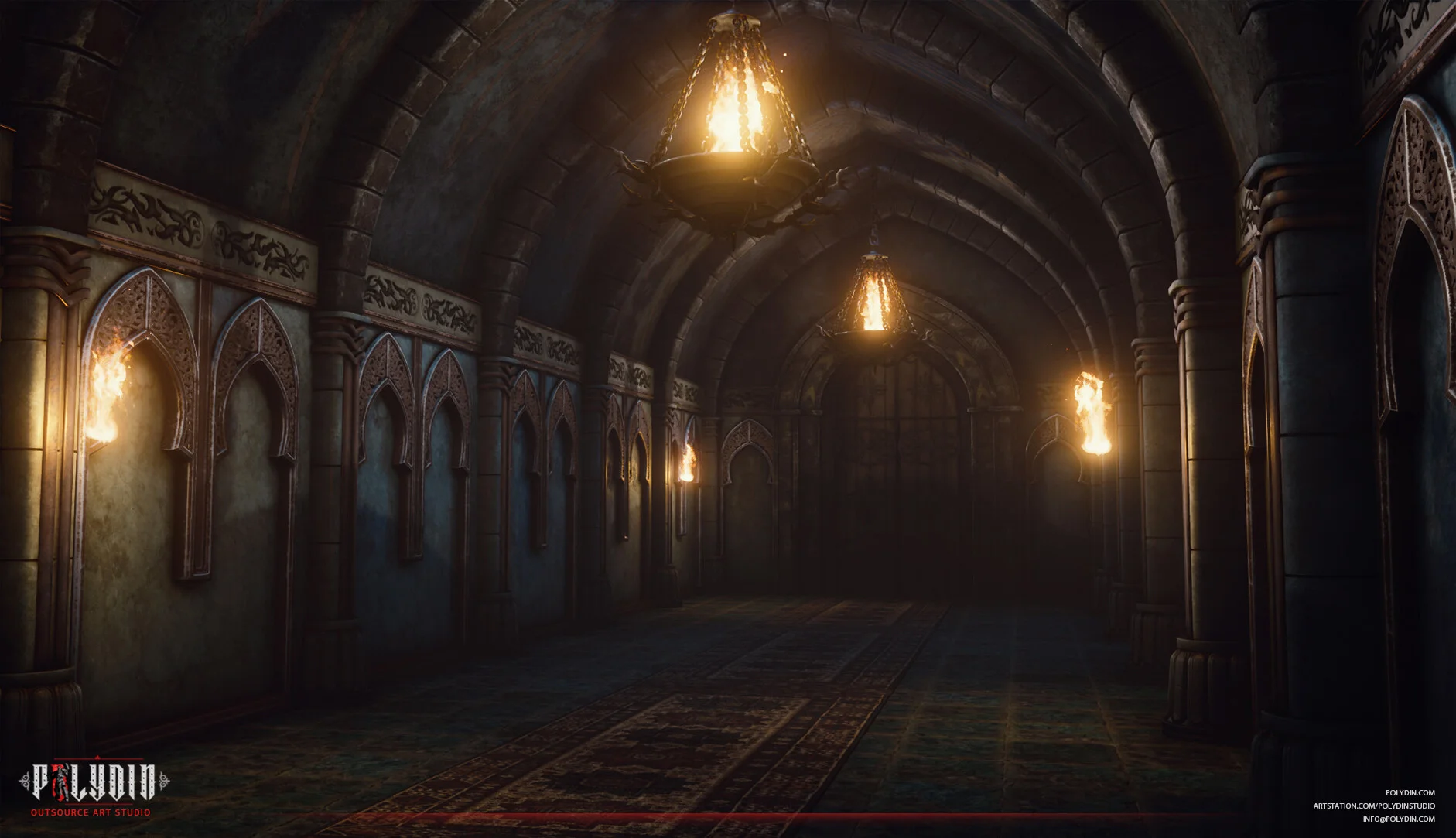

An environment artist is a type of game artist who specializes in creating environments, such as landscapes, architecture, and other 3D assets, for video games. Their main responsibility is creating immersive and visually appealing worlds for players to explore.
An environment artist has to consider several factors while designing a game environment, such as the game’s setting, storyline, genre, and target audience. They work closely with other development team members, including level designers, art directors, and game designers, to ensure that the environment fits the game’s overall vision and gameplay.
Environment artists use a variety of software tools, such as 3D modeling techniques and texturing software, to create detailed and realistic game environments. They also need to have a strong understanding of lighting and color theory to create atmospheres that enhance the gameplay experience. Overall, the role of an environment artist is essential to the success of a video game, as it helps to create an immersive and engaging world for players to explore.
UI/UX Artist
A UI/UX (User Interface/User Experience) artist is responsible for creating the visual elements of a game’s user interface, menus, and other interactive elements. They work closely with the game designer and the UI/UX designer to ensure that the interface is both aesthetically pleasing and easy to use.
A UI/UX artist must have strong design skills, including a solid understanding of color theory, typography, and layout. They should also have experience with industry-standard design software, such as Photoshop and Illustrator. Additionally, a UI/UX artist must understand the user experience well, as they are responsible for designing interfaces that are intuitive and easy to use.
Readmore: What is UI in Games?
Skills Required by Game Artists
Game artists require a specific set of skills to create visually stunning and engaging games. From drawing and composition to software knowledge and industry understanding, these skills are crucial for a successful career in game art. Additionally, high levels of creativity and openness to communication are also essential attributes for a game artist. We will explore the necessary skills game artists require to excel in their roles.
Drawing and Composition Basics
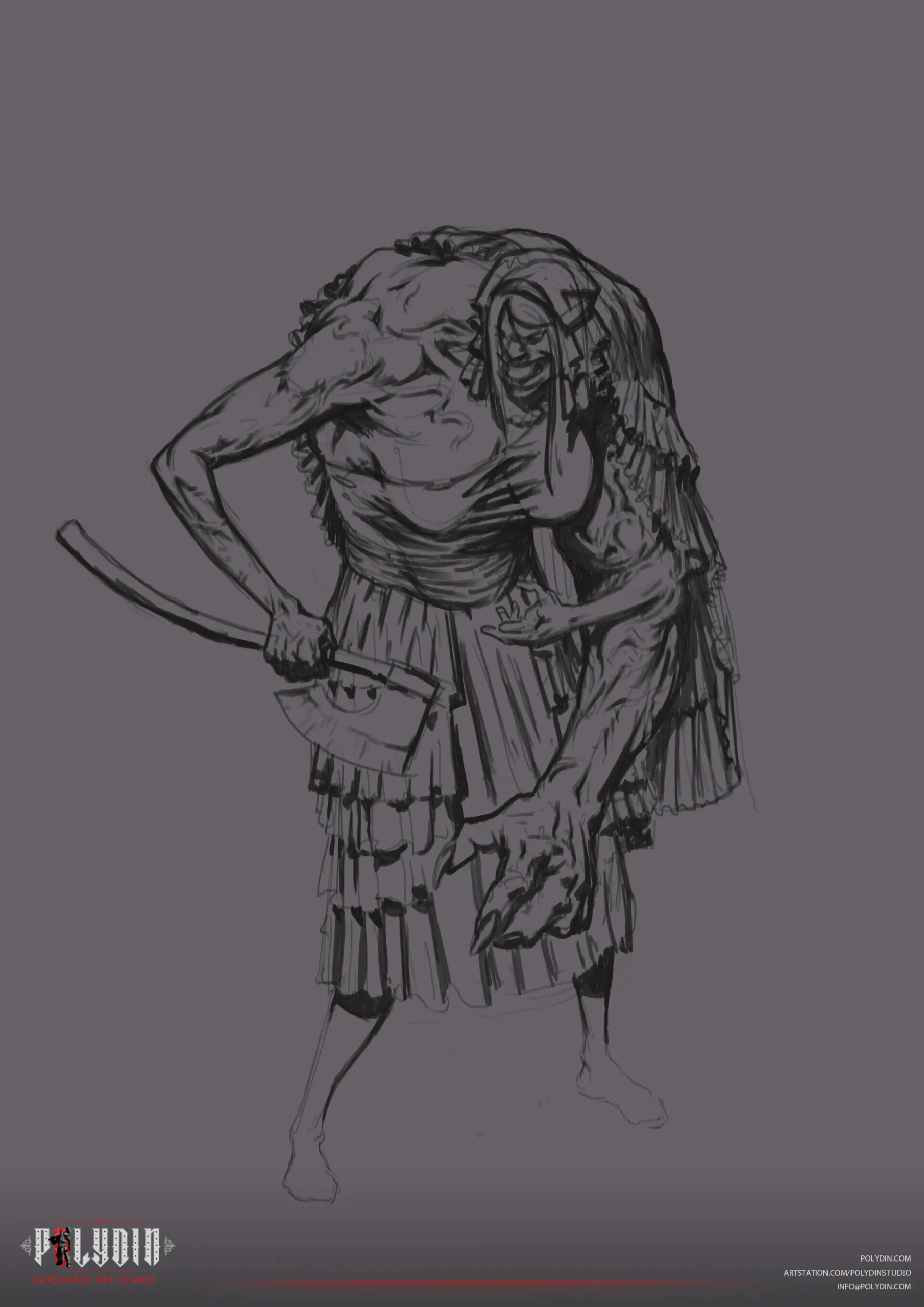

Drawing and composition basics are essential skills that game artists must possess. They include sketching, drawing, and painting digitally or traditionally using different mediums, such as pencils, markers, and tablets. A game artist must understand the fundamentals of perspective, lighting, anatomy, and color theory to create visually appealing artwork that communicates effectively. Mastering these skills allows game artists to create concept art, character designs, and environments that are aesthetically pleasing and help convey the game’s story and mood. Furthermore, having a strong understanding of composition helps game artists to create visually dynamic and balanced art, enhancing the overall game’s immersion.
Software Knowledge
Game artists need to have a good understanding of the software used for creating game art, such as Photoshop, Maya, Blender, ZBrush, and Unity. Proficiency in these tools is essential for creating high-quality game assets efficiently. In addition to technical skills, game artists must also be adept at learning and adapting to new software as it emerges. Keeping up with the latest technology and software is critical for staying competitive in the game industry.
Readmore: Maya Vs Blender: Everything You Need to Know
High Level of Creativity
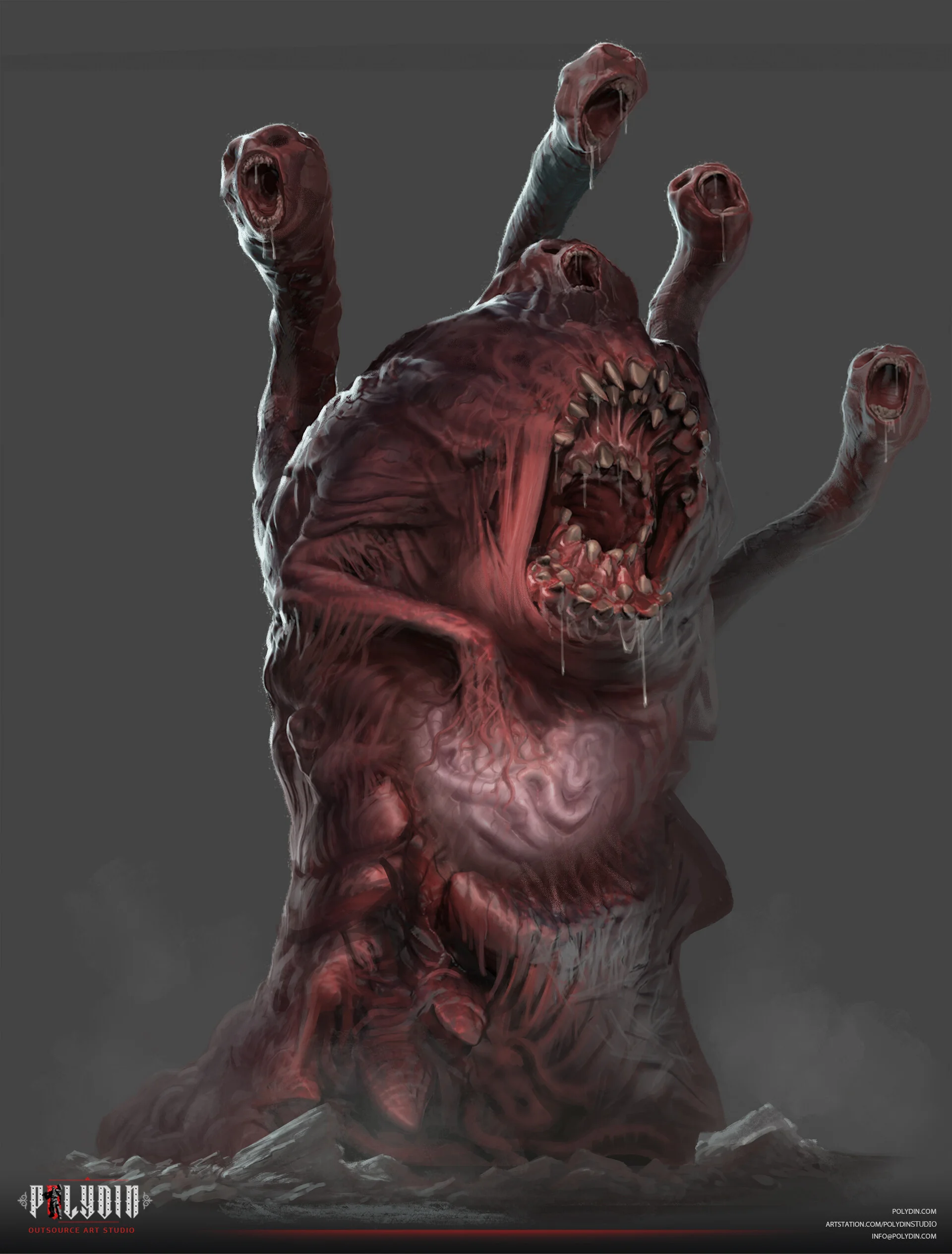

A high level of creativity is one of the essential skills required for game artists. This is because game artists are responsible for creating visually appealing and engaging game content. To achieve this, they need to have a unique and innovative approach to their work. They must be able to come up with new ideas and solutions to design challenges that arise during game development.
Game artists must possess the ability to translate abstract concepts into visual forms. They need to have a keen eye for detail and an understanding of color theory, composition, and lighting. A highly creative game artist can effectively convey the mood and atmosphere of the game world to players.
In addition, creativity enables game artists to constantly evolve and adapt to new technology and techniques. They must be able to stay up-to-date with new software tools and design trends in the gaming industry. Ultimately, a game artist’s creativity is key to the success of any game project.
Industry Understanding
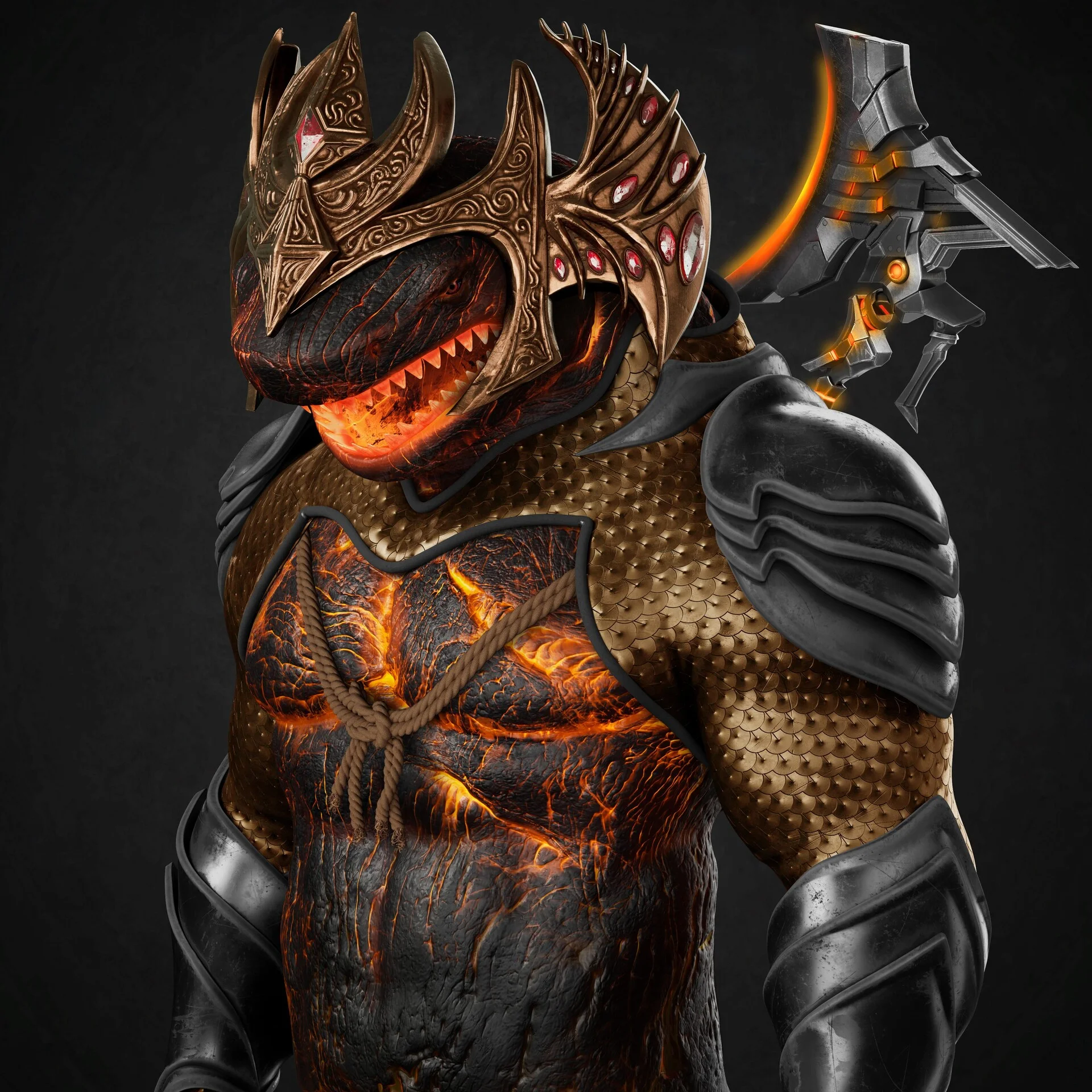

Industry understanding is an essential skill for game artists. They need to keep up with the latest trends and technologies in the gaming industry. This includes understanding different gaming platforms, game engines, and software used in the industry. They should also have a good understanding of game design principles, storytelling, and game mechanics. By staying up-to-date with industry trends, game artists can create art assets that are not only visually appealing but also meet the expectations of the target audience and enhance the overall gaming experience.
Openness to Communication
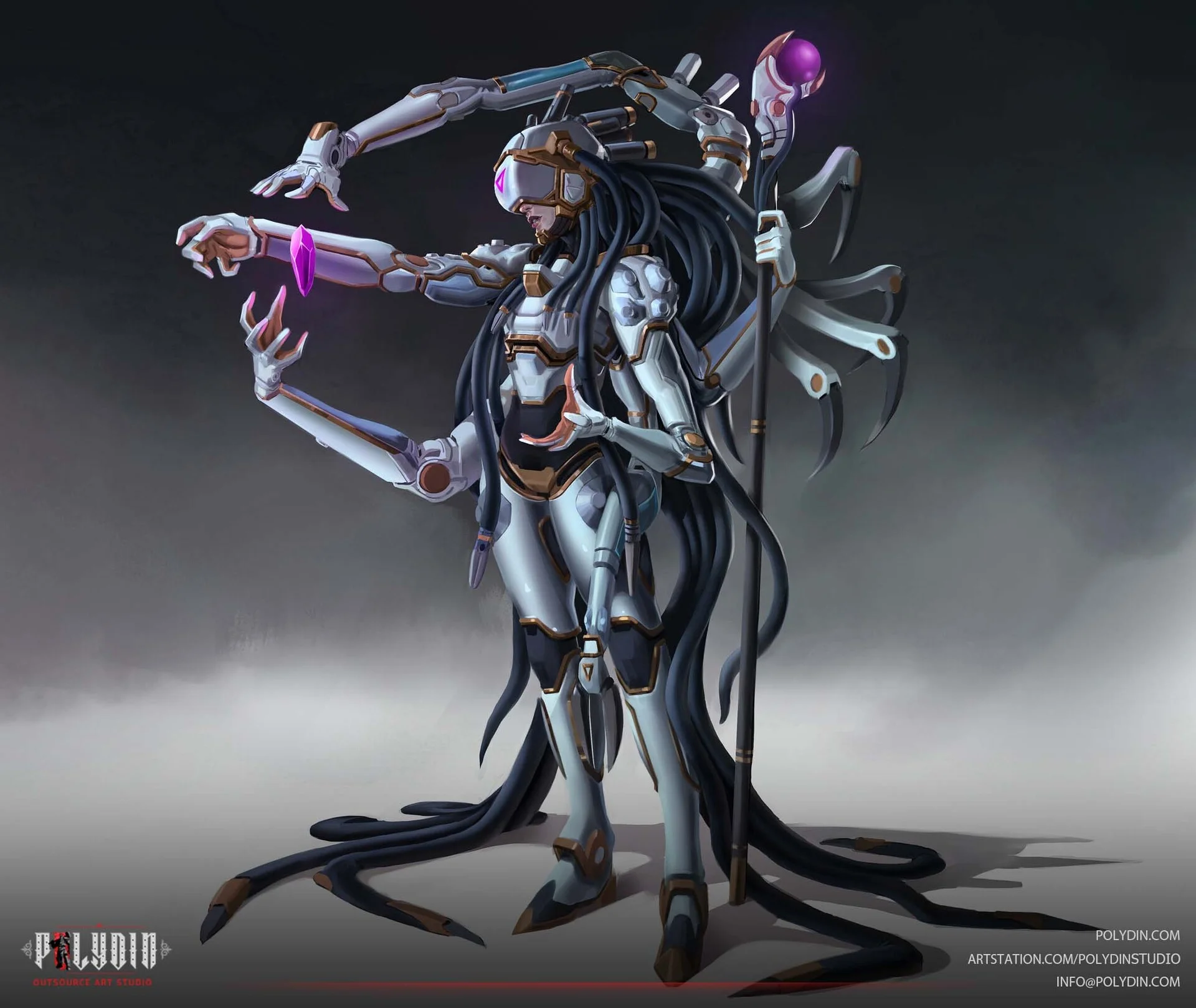

Openness to communication is an essential skill that every game artist should possess. Since game development is a team effort, artists must be willing to collaborate with other team members, including game designers, programmers, and other artists. They should be able to take feedback and critique constructively and use it to improve their work. Good communication skills help ensure that everyone on the team is on the same page, reducing misunderstandings and increasing productivity. Additionally, being open to communication means that artists are willing to share their ideas and seek feedback, which can lead to more innovative and creative game development.
The Role and Responsibilities of Game Designer
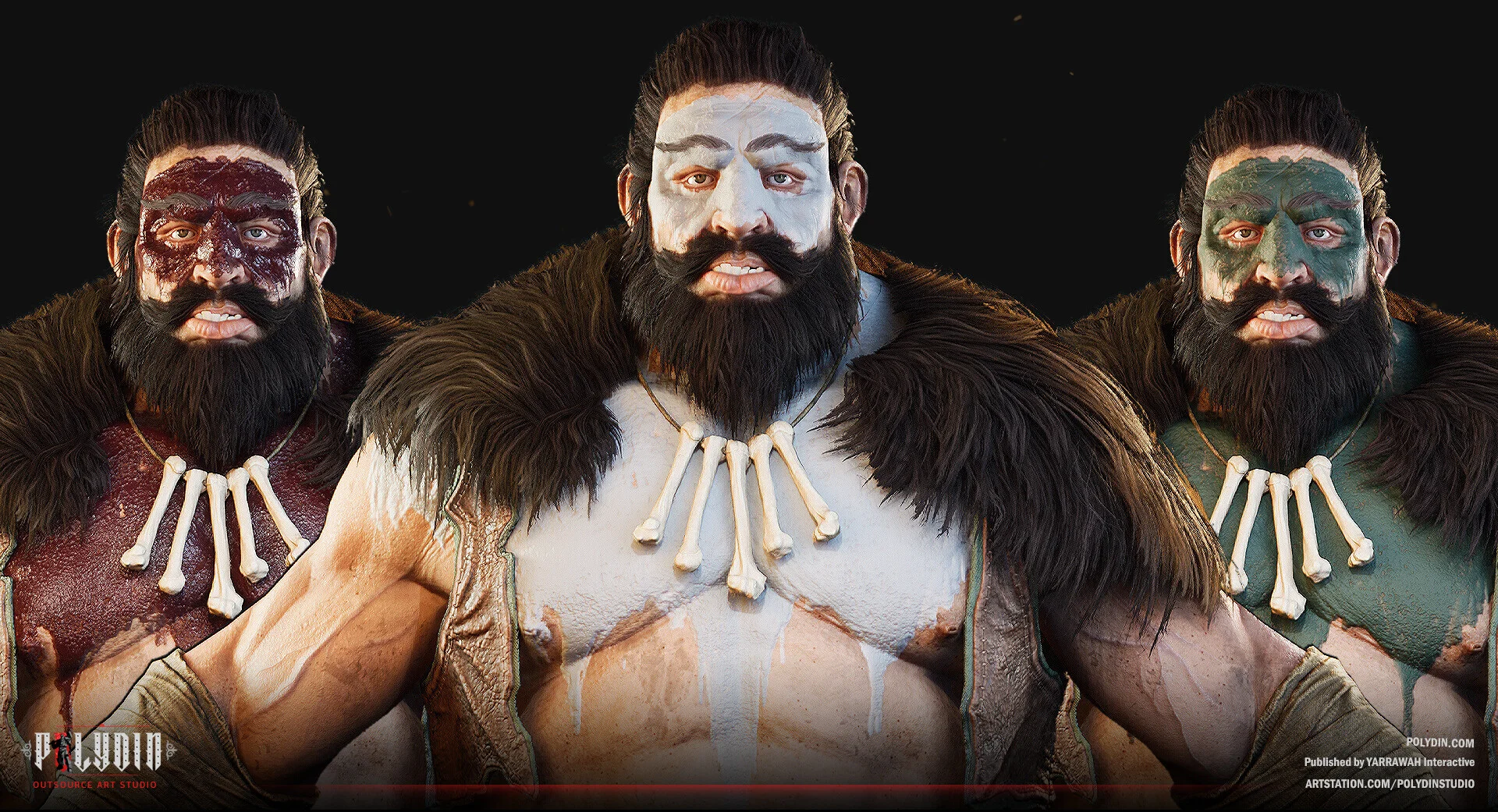

Game designers are professionals responsible for conceptualizing, designing, and developing video games. They are responsible for the overall creative direction of the game and work in collaboration with a team of developers, artists, and other game designers to bring the game to life. We will explore the role and responsibilities of game designers, the skills required to excel in the field, and the differences between various types of game designers.
Creative
One of the primary roles of a game designer is to be creative. They are responsible for developing ideas for the gameplay, story, characters, and environments. They need to deeply understand the target audience, including their preferences and interests, to develop a game that will resonate with players. In addition, game designers need to think outside the box and develop unique and innovative game mechanics that will set their games apart from others in the market. Overall, creativity is a crucial skill for a game designer, as it is what drives the development of a successful and engaging game.
Technical
In addition to being creative, a game designer also needs to have a certain level of technical skills. This includes knowledge of game engines, programming languages, and game development software. A game designer needs to understand how to create prototypes and test ideas and use programming and development tools to create a functional game. They should also understand user interface design and how to use software to create a visually appealing and user-friendly game. Additionally, a game designer should be aware of technical limitations and possibilities regarding hardware and software and how to optimize game performance for various platforms.
Skills Required by Game Designers
Game designers are responsible for creating the gameplay, mechanics, and overall design of a game. To be successful in this role, they require a unique blend of technical and creative skills. In this section, we will discuss the various skills required by game designers to excel in their roles.
Storytelling
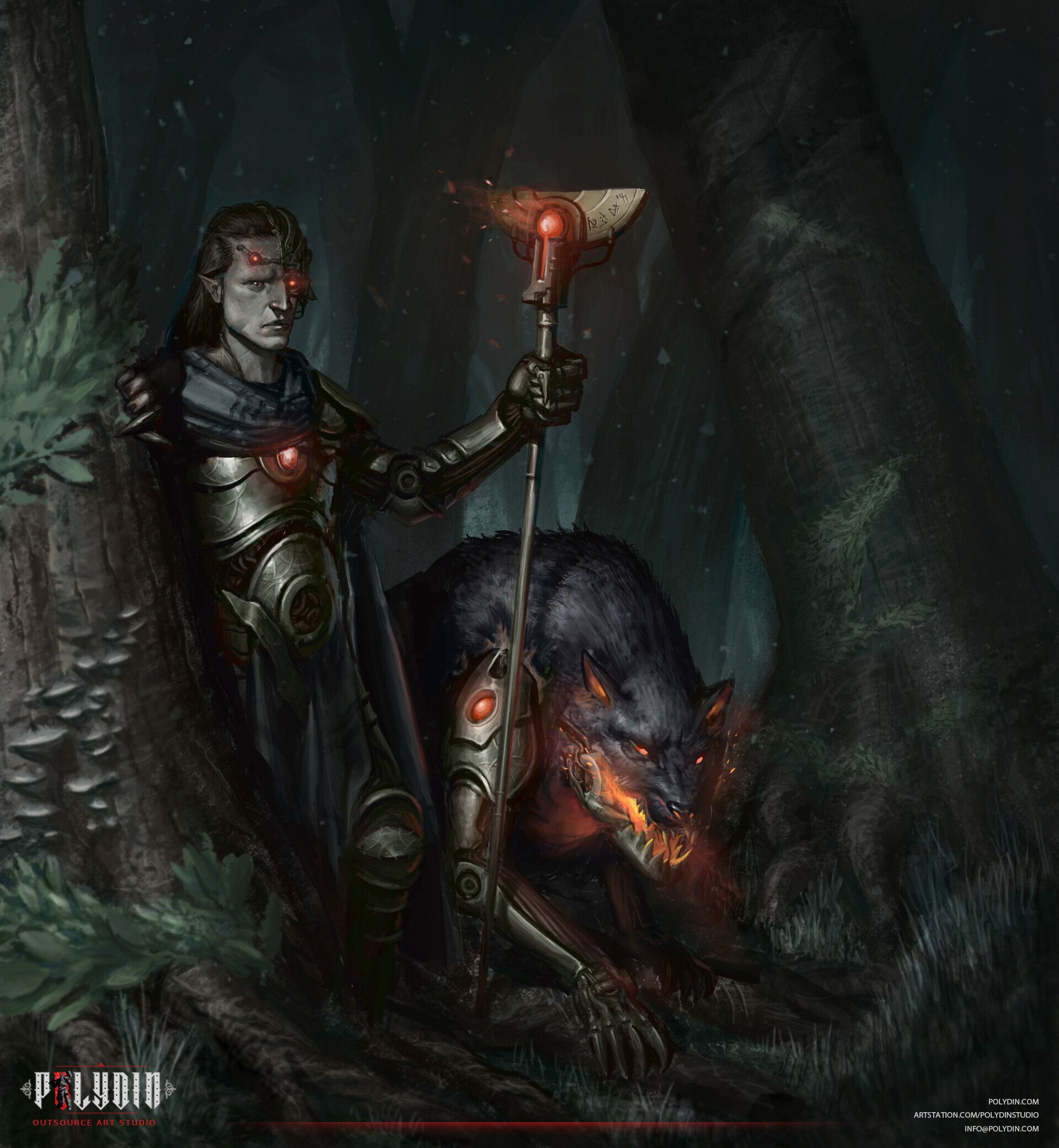

One of the key skills required by game designers is storytelling. Game designers must be able to craft compelling narratives that keep players engaged and motivated to progress through the game. This involves creating characters and worlds that are rich in detail and backstory, as well as developing plotlines that are both interesting and challenging. Strong storytelling skills can help game designers create memorable, immersive, and ultimately successful games.
Programming Knowledge
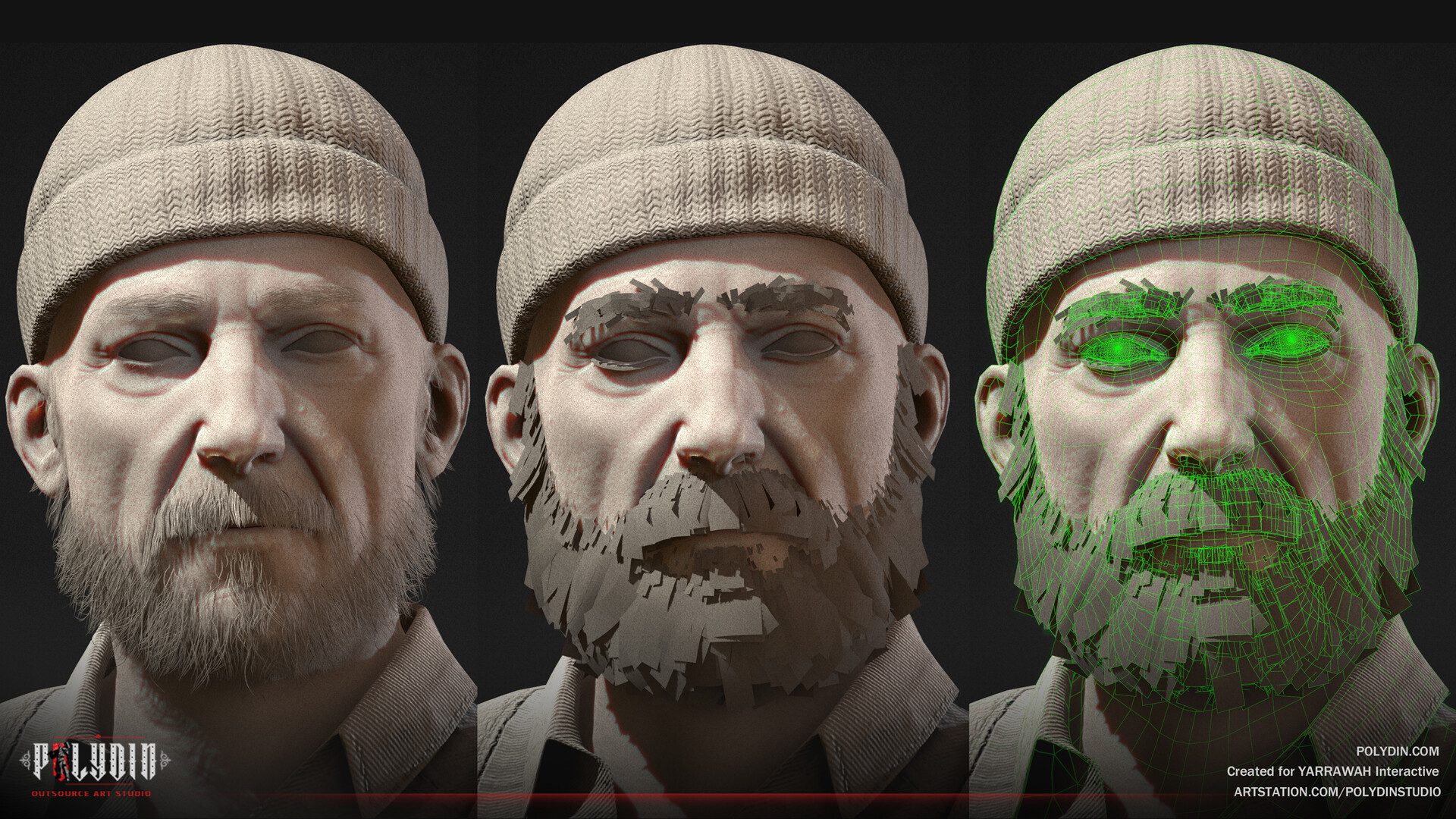

Programming knowledge is an essential skill for game designers, as it allows them to bring their creative ideas to life through the development of game mechanics, systems, and interfaces. Designers need to have a good understanding of programming languages and best game engines to communicate effectively with programmers and ensure that their vision is implemented correctly. They must be able to write and read code, test and debug their designs, and troubleshoot technical issues that arise during development. Strong programming skills also allow game designers to prototype and iterate on their ideas more quickly, resulting in a better final product.
Project Management
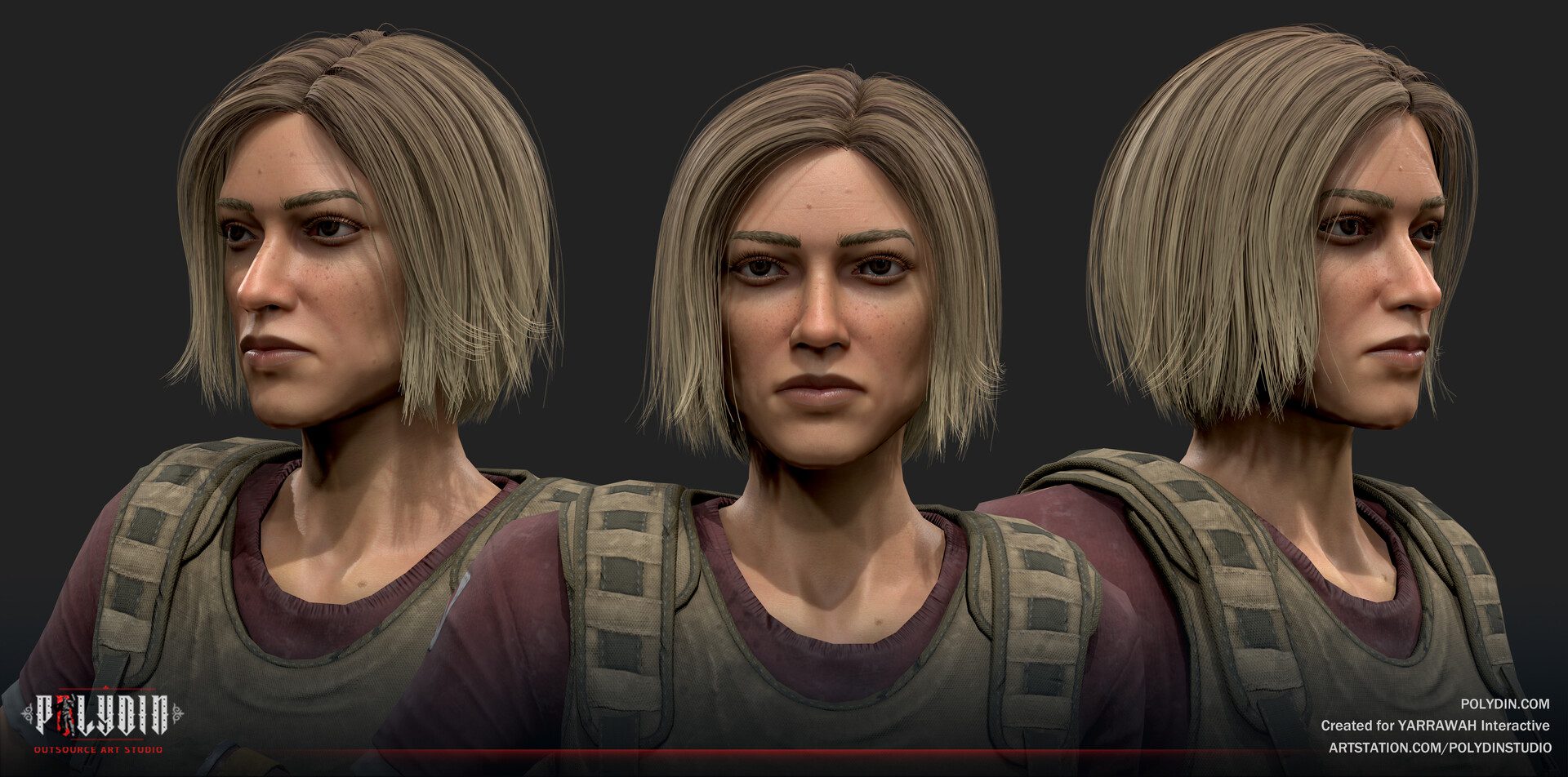

Project management is an essential skill for game designers, as they coordinate and manage various tasks and resources to ensure that the game is developed on time and within budget. This involves creating project schedules, setting project goals, allocating resources, and monitoring progress to ensure that the project is on track. Good project management skills are crucial for game designers to effectively manage their teams and resources and deliver high-quality games within the given timeframe.
Communication
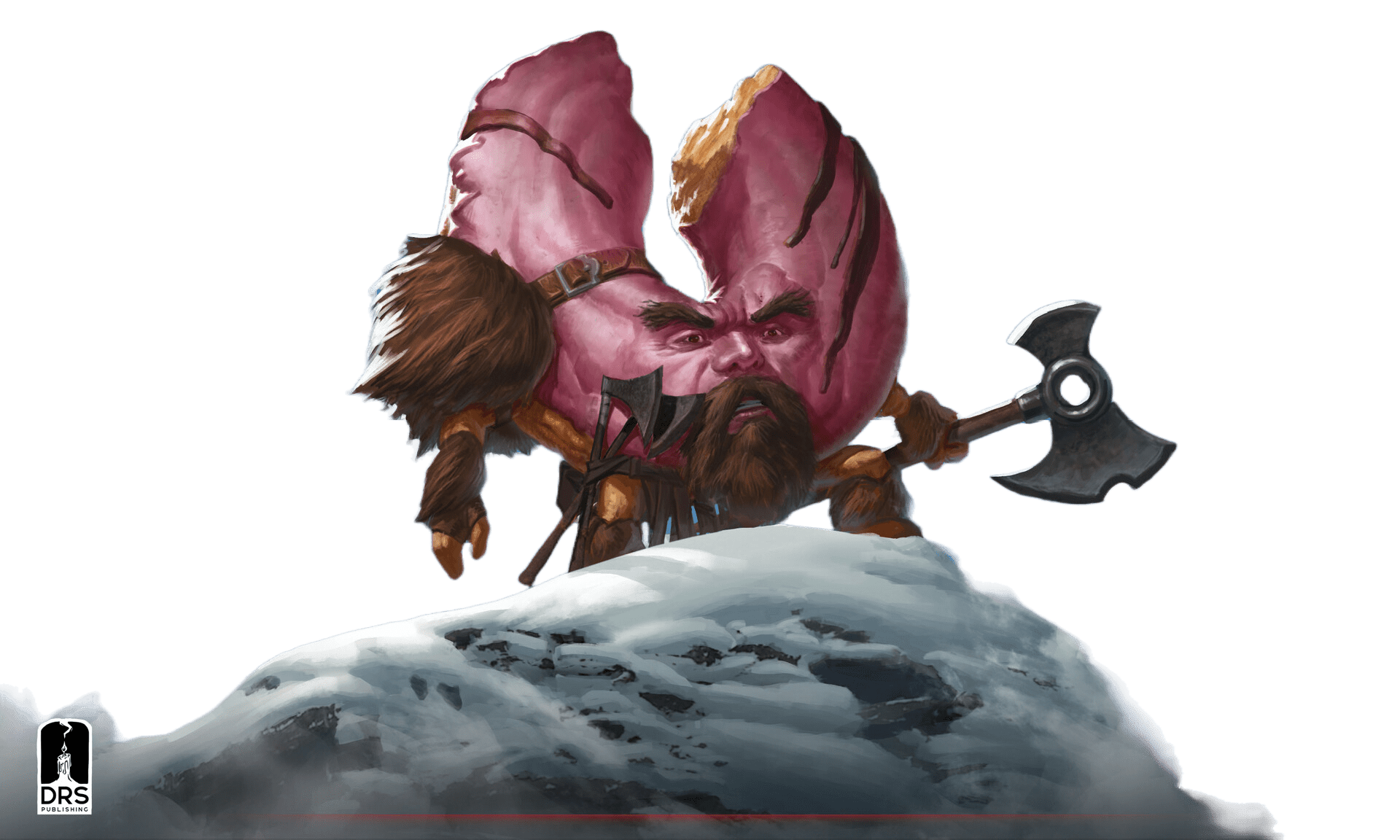

Communication is an essential skill for game designers to convey ideas and collaborate with team members effectively. Good communication helps game designers to ensure that everyone is on the same page and that the final product meets the desired specifications. Game designers should be able to articulate their vision clearly and receive feedback from others in a constructive manner. They should also be able to provide regular updates on project status and effectively manage any issues or roadblocks that arise during the development process. Good communication skills also help game designers to understand and incorporate feedback from playtesters and other stakeholders.
Creativity
As a game designer, one of the essential skills you need is creativity. You will be responsible for coming up with innovative and exciting ideas that will capture players’ attention. Creativity in game design involves developing unique game concepts, creating engaging narratives, designing memorable characters, and constructing immersive worlds. A game designer should have a strong imagination and be able to think outside the box to create games that stand out in a crowded market.
Interface Design
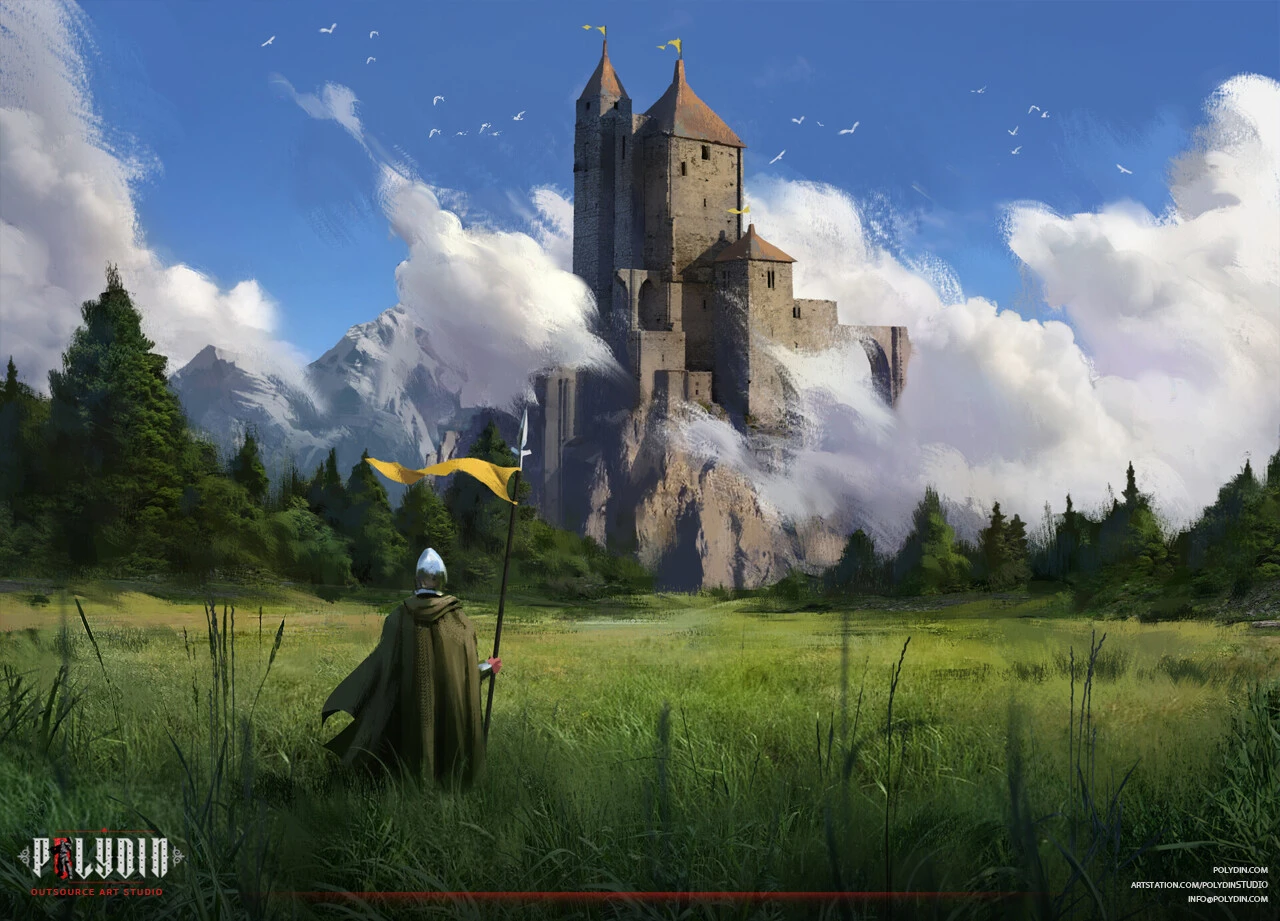

Interface design is a crucial aspect of game design that involves creating intuitive and visually appealing user interfaces (UI) for video games. Game designers need to have a solid understanding of how to design interfaces that are easy to use and navigate while also incorporating the game’s style and aesthetic. This includes designing menus, HUDs (heads-up displays), and other in-game displays that provide information to the player. Good interface design is essential for ensuring that players can easily access important game mechanics and features, which in turn enhances the overall gameplay experience.
Game Economy
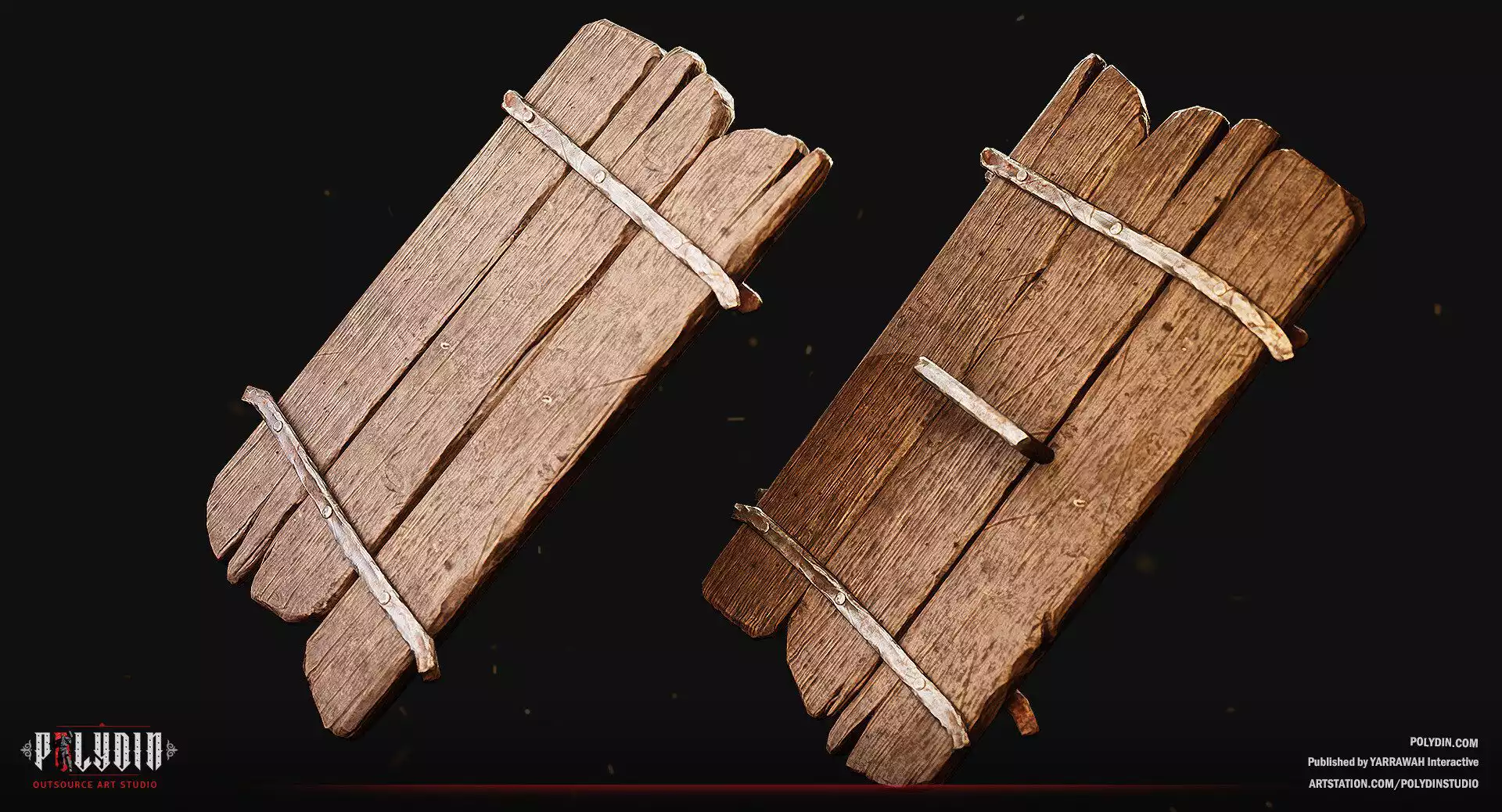

Game economy refers to the mechanics, systems, and rules that govern how players earn, spend, and interact with in-game resources, such as currency, items, and progression. It is an essential aspect of game design that can heavily influence player engagement and enjoyment. A game designer is responsible for the game economy and is tasked with designing and balancing these systems to provide players with meaningful choices, encourage engagement, and maintain fairness. This can include creating a reward system that incentivizes player actions, designing a shop system for in-game purchases, balancing the in-game currency and item drops, and creating progression systems that provide players with long-term goals to work towards. A well-designed game economy can ultimately enhance the overall game experience, driving player engagement and retention.
Marketing
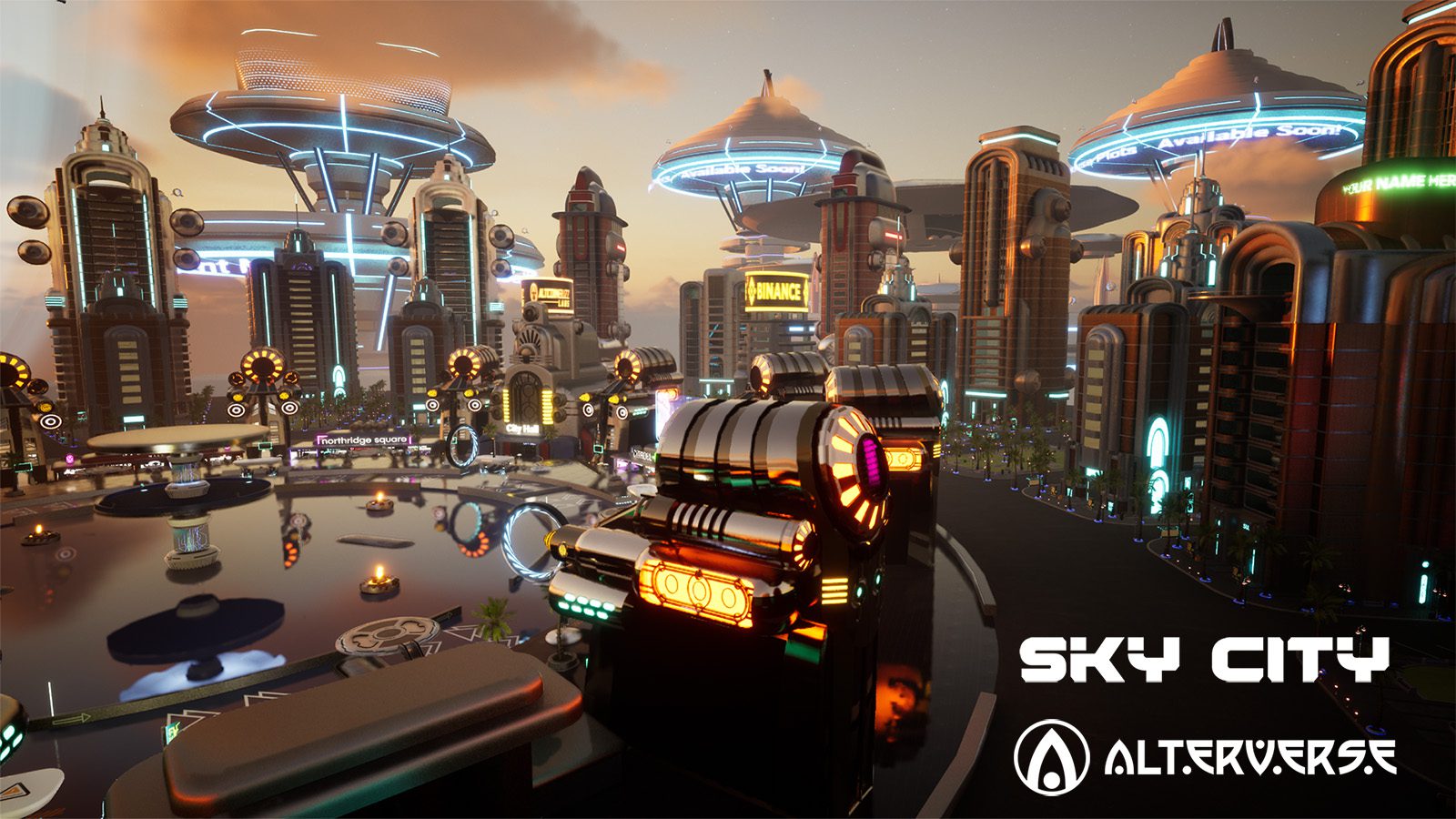

Game marketing is an essential component of the game development process that involves promoting and advertising the game to potential players. Game designers must understand marketing to create games that are appealing to the target audience and have the potential to be profitable. This involves researching and analyzing market trends, identifying target demographics, creating marketing campaigns, and collaborating with advertising and public relations teams. In addition, game designers must consider the game’s monetization strategy, such as in-game purchases or subscriptions, and how it aligns with the overall marketing strategy. Good marketing can make or break a game’s success, so it is a crucial skill for game designers to possess.
Game Design vs Game Art Cost
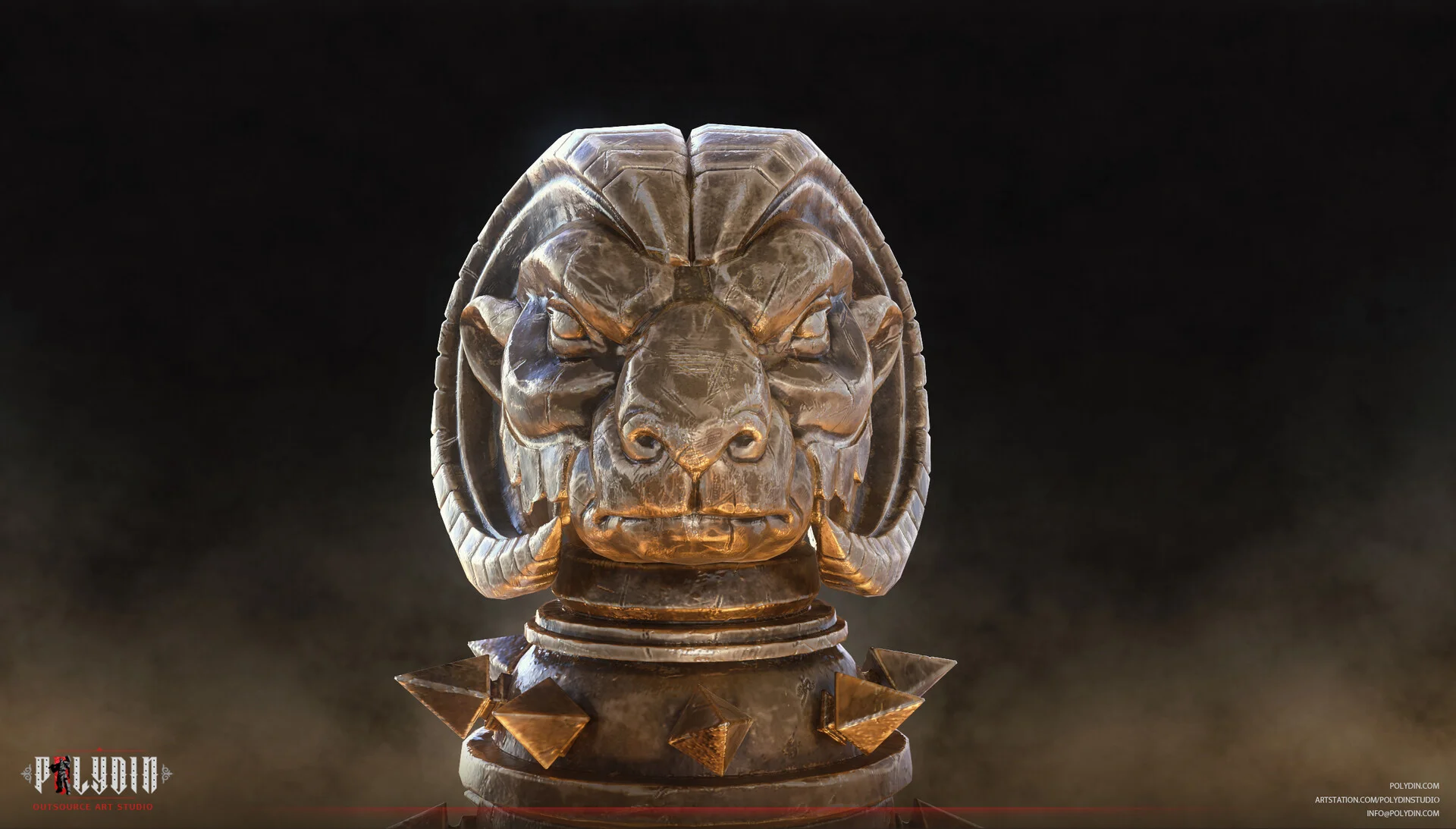

Game Design vs Game Art is two essential components of video game creation. The cost of game design vs game art varies depending on the game’s complexity, the experience of the designers and artists involved, and the resources available. The game design could incur more cost than game art, requiring more technical expertise and experience. The cost of game art can vary depending on the type and number of assets required, the quality of the assets, and the time required to create them. Ultimately, the cost of game design and game art will depend on the specific needs and goals of the project.
What’s the Difference Between Game Design vs Game Art?
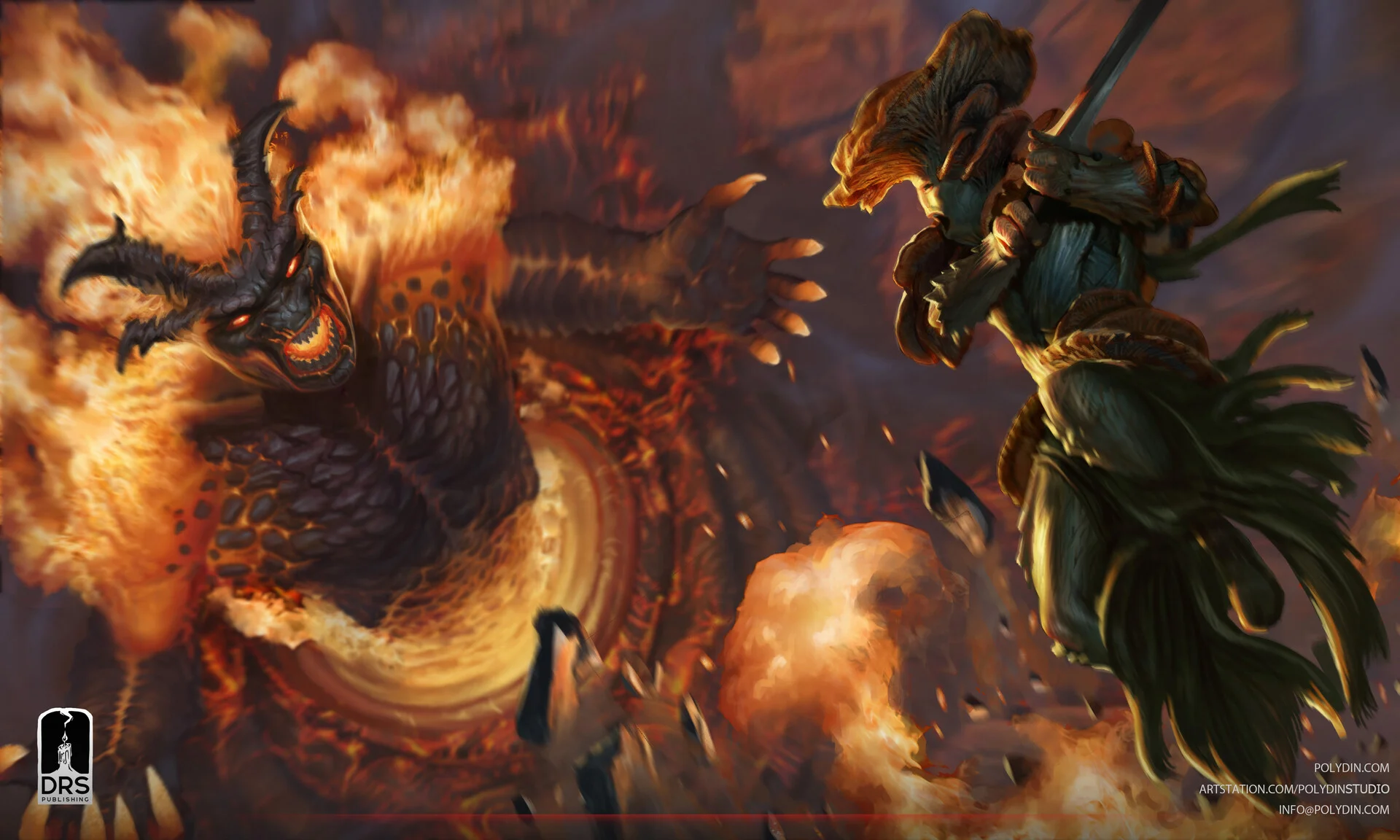

Game design vs game art are two crucial components of game development, but they involve different skill sets, responsibilities, and workflows. Game design refers to conceptualizing, planning, and executing the game’s mechanics, levels, challenges, story, and overall gameplay experience. Game designers work on game systems, gameplay mechanics, level design, player progression, and balancing. On the other hand, game art focuses on creating visual elements that enhance the game’s look, feel, and atmosphere. Game artists work on concept art, character design, environment design, 2D/3D modeling, texturing, animation, special effects, and user interface design.
While both game design and game art are essential for creating immersive and engaging games, they require different skill sets and expertise. Game designers must have strong analytical and problem-solving skills and a deep understanding of game mechanics, psychology, and user experience. They must also be proficient in programming, game engines, and project management tools. Game artists, conversely, need to have a high level of creativity, artistry, and technical skills, such as drawing, painting, 3D modeling, and animation. They must also be proficient in specialized software tools such as Photoshop, Maya, or Unity.
Moreover, game design vs game art has different cost implications for game development. Game design is typically more focused on programming and logic, while game art requires more artistic skills and tools. Therefore, game art tends to be more time-consuming and costly than game design. However, both game design and game art are crucial for creating a successful game, and a balance between the two is necessary for creating a compelling and immersive game experience.
Types of Game Artists & Game Designers
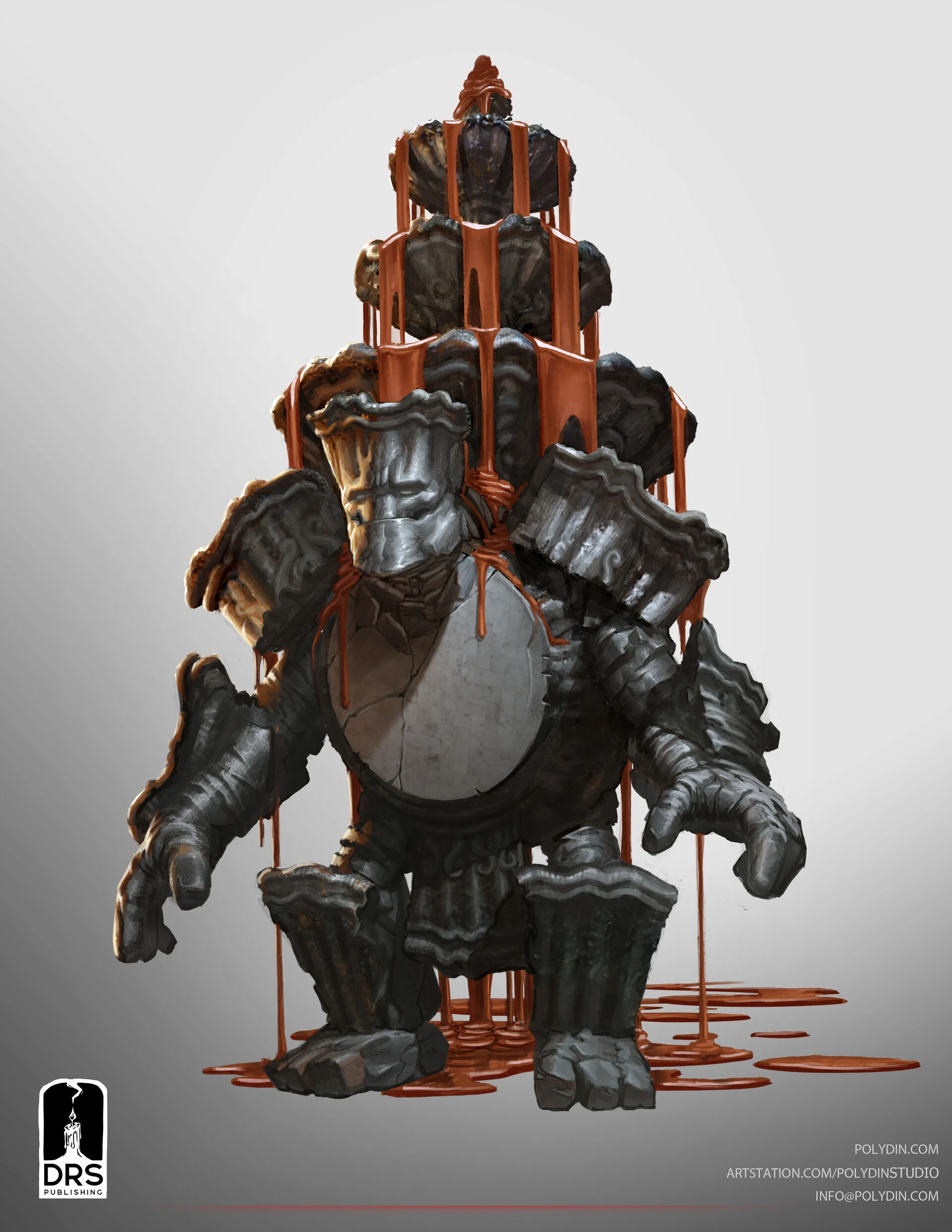

There are various types of game artists and game designers that can work on a project. Here are some of the most common roles:
- Concept Artists – responsible for creating visual representations of ideas for characters, environments, and objects used in the game.
- Character Artists – responsible for designing and creating the game’s characters, including their appearance, animations, and movements.
- Environment Artists – responsible for creating the game’s environments, such as landscapes, buildings, and other structures.
- UI/UX Artists – responsible for designing the game’s user interface and user experience, including menus, icons, and other graphical elements.
- Game Designers – responsible for creating the game’s overall concept and gameplay mechanics and designing levels, puzzles, and challenges.
- Level Designers – responsible for designing the layout, flow, and gameplay mechanics of individual levels in the game.
- Systems Designers – responsible for creating and balancing the game’s mechanics and systems, such as combat, progression, and reward structures.
- Narrative Designers – responsible for creating the game’s story and characters and writing dialogue and other narrative elements.
It’s important to note that the specific roles and responsibilities of game artists and designers can vary depending on the size and scope of the project. Additionally, some professionals may specialize in more than one area, or may have expertise in multiple aspects of game development.
Types of Game Art
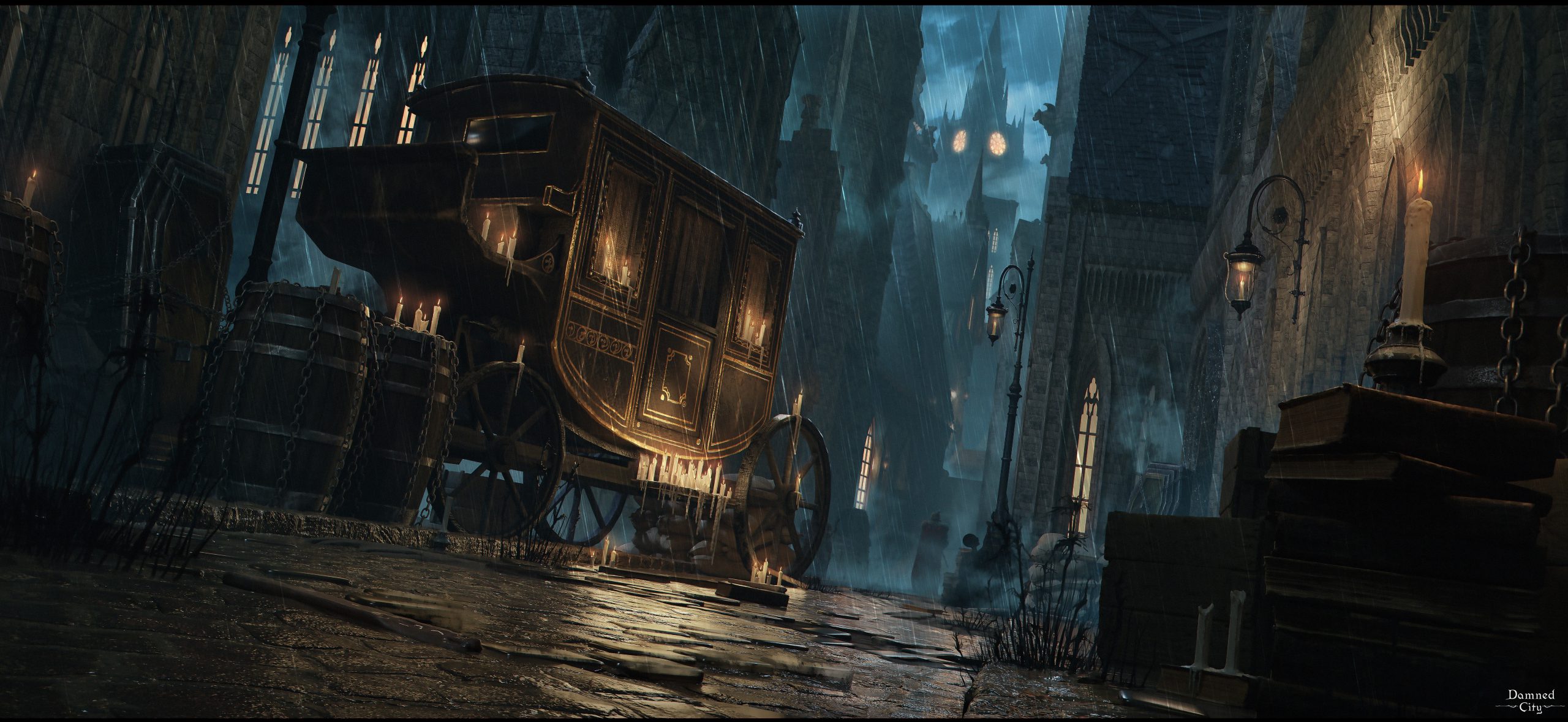

In the dynamic and visually captivating world of game development, the creation of game art stands as an art form in its own right. From characters and environments to props and visual effects, game artists are the magicians who conjure the visual elements that transport players into virtual realms. Let’s explore the various types that combine to shape the immersive and enchanting worlds of video games.
Concept Art
Concept artists create initial visual ideas and designs for characters, environments, and objects in the game. These serve as the foundation for the game’s visual style.
Character Art
Character artists are responsible for designing and creating characters, including their appearance, clothing, and animations.
Prop Art
Prop artists design and create objects, items, and accessories within the game world. These can range from weapons and furniture to collectibles and interactive objects.
Environment Art
Environment artists focus on creating the game’s landscapes, architecture, and settings. They aim to make the game world immersive and visually captivating.
Visual Effects (VFX)
VFX artists add special effects to the game, such as explosions, fire, magic spells, and weather effects. These effects enhance the visual and emotional impact of the game.
Types of Game Design
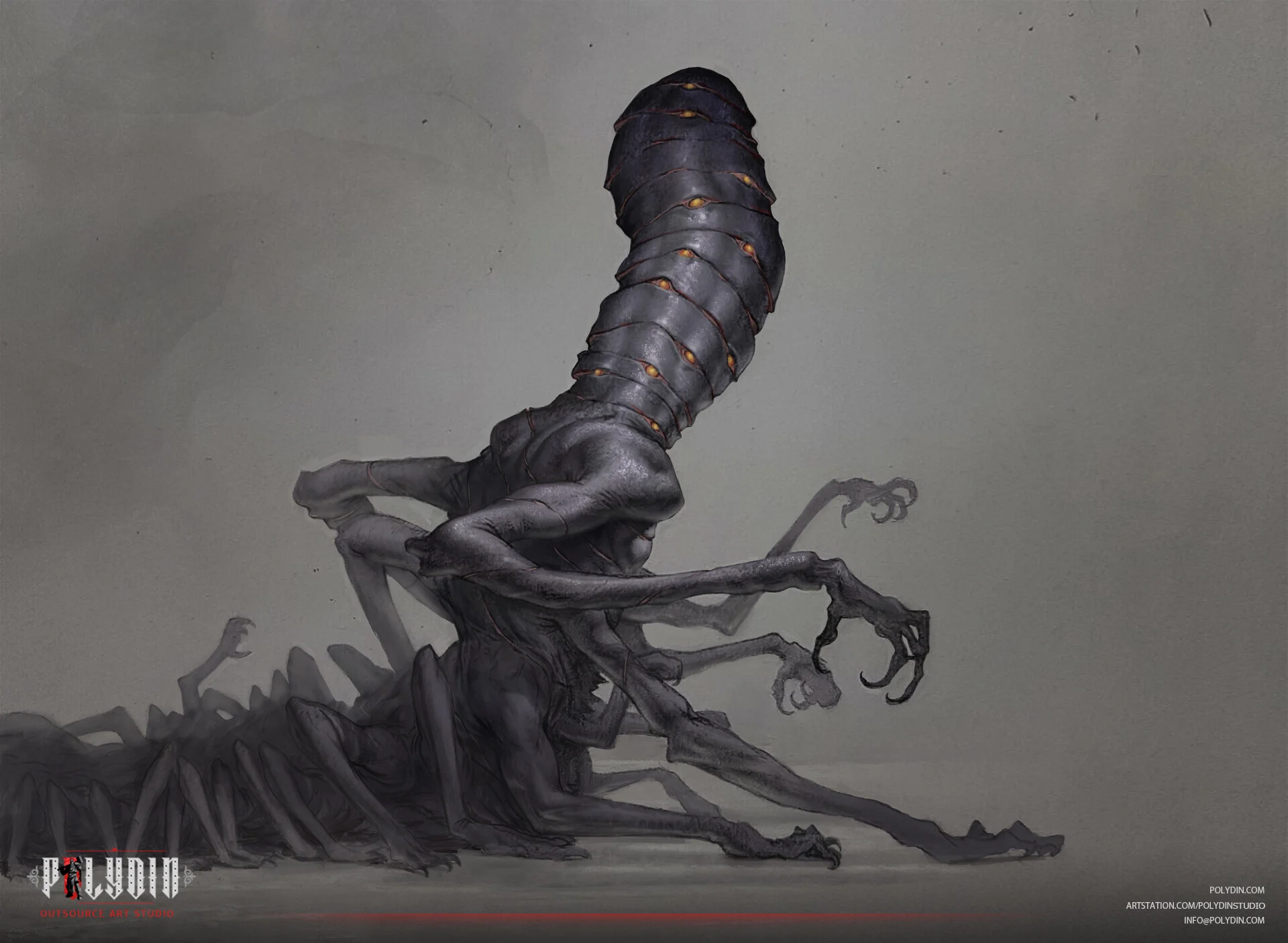

Game design, the invisible hand that guides player experiences, is a multifaceted discipline that encompasses various essential roles. From crafting engaging game mechanics and levels to weaving captivating narratives and shaping user interfaces, game design breathes life into video games. Let’s delve into the diverse types of game design, each contributing its unique element to the grand tapestry of interactive storytelling.
Game Mechanics Design
Game mechanics design involves creating the rules, systems, and interactive elements that govern how players interact with a game. It includes defining character abilities, combat systems, resource management, and other core gameplay elements.
Level Design
Level designers craft the individual levels, stages, or environments within a game. They focus on creating engaging and challenging spaces, placing obstacles, enemies, and rewards to guide player progression and maintain excitement.
Narrative Design
Narrative designers are responsible for shaping the story and narrative elements of a game. They create characters, dialogues, plotlines, and quest structures, ensuring that the game’s story is coherent and engaging.
UI Design
User interface (UI) designers create the visual and interactive elements that players use to navigate the game, including menus, HUDs (heads-up displays), and on-screen buttons. Effective UI design enhances player accessibility and usability.
UX Design
User experience (UX) designers focus on the overall player experience, ensuring that the game is intuitive, enjoyable, and engaging. They consider factors such as player flow, onboarding, and feedback mechanisms to enhance the overall experience.
Sound Design
Sound designers are responsible for creating and implementing the game’s audio elements, including music, sound effects, and voiceovers. Sound design enhances immersion, sets the mood, and communicates important gameplay information through audio cues.
Game Design vs Game Art: How Are They Related?
Game design and game art are two integral components that work in harmony to create immersive gaming experiences. While distinct, they share a symbiotic relationship that contributes to the overall success of a game.
Understanding Game Design: Game design involves conceptualizing and structuring the gameplay mechanics, rules, and overall user experience. It encompasses elements such as level design, player interactions, and the narrative flow. A game designer’s role is to craft the blueprint that guides players through a compelling and engaging journey.
Interplay with Game Art: Game art serves as the visual and aesthetic manifestation of the game design. It includes character design, environments, animations, and visual effects. The synergy between game design and art ensures that the visual elements align with the intended player experience. For example, the art direction may enhance storytelling or guide players through a level seamlessly.
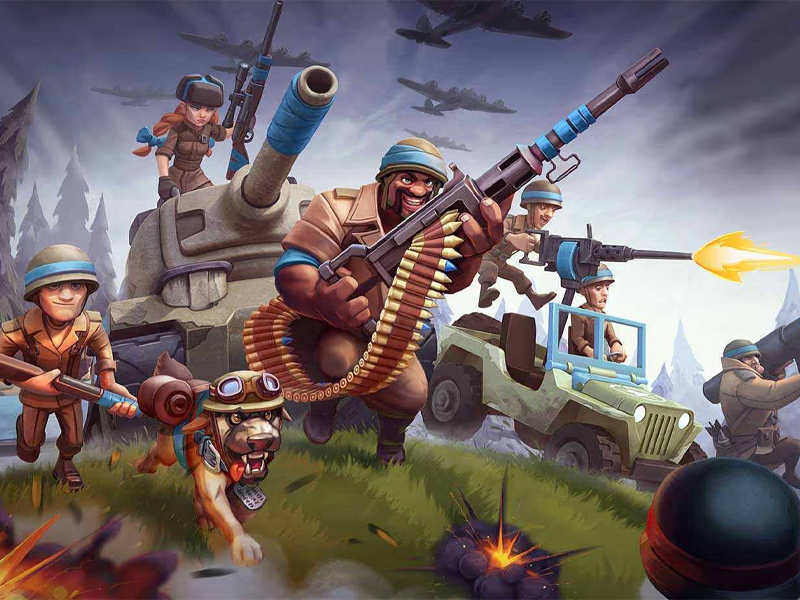

Can an Artist Become a Game Designer?
Absolutely. Many successful game designers started as artists. The transition involves building a broader skill set beyond visual creativity. An artist aspiring to become a game designer should delve into understanding player psychology, game mechanics, and narrative structure. Acquiring skills in prototyping, level design, and user interface design is crucial. The ability to balance creativity with practical considerations is a hallmark of a successful artist-turned-designer.
Where to Find Experts in Video Game Art and Design
Finding experts in video game art and design involves exploring various avenues:
- Online Portfolios and Communities:
- Platforms like ArtStation and Behance showcase the portfolios of talented game artists and designers. Engaging with these communities provides insights into industry trends and allows you to connect with professionals.
- Gaming Conferences and Events:
- Attend industry conferences, such as the Game Developers Conference (GDC) or PAX, where professionals gather to share insights and showcase their work. Networking at these events can lead to valuable connections.
- Game Development Studios:
- Many game development studios have dedicated sections on their websites featuring the profiles of their art and design teams. Exploring these profiles can help you identify experts in the field.
- Educational Institutions:
- Institutions offering courses in game design and art often have faculty members who are industry experts. Their experience and knowledge make them valuable resources for aspiring professionals.
- LinkedIn and Professional Networks:
- LinkedIn is a powerful tool for connecting with professionals in the game industry. Joining relevant groups and participating in discussions can open doors to networking opportunities.

